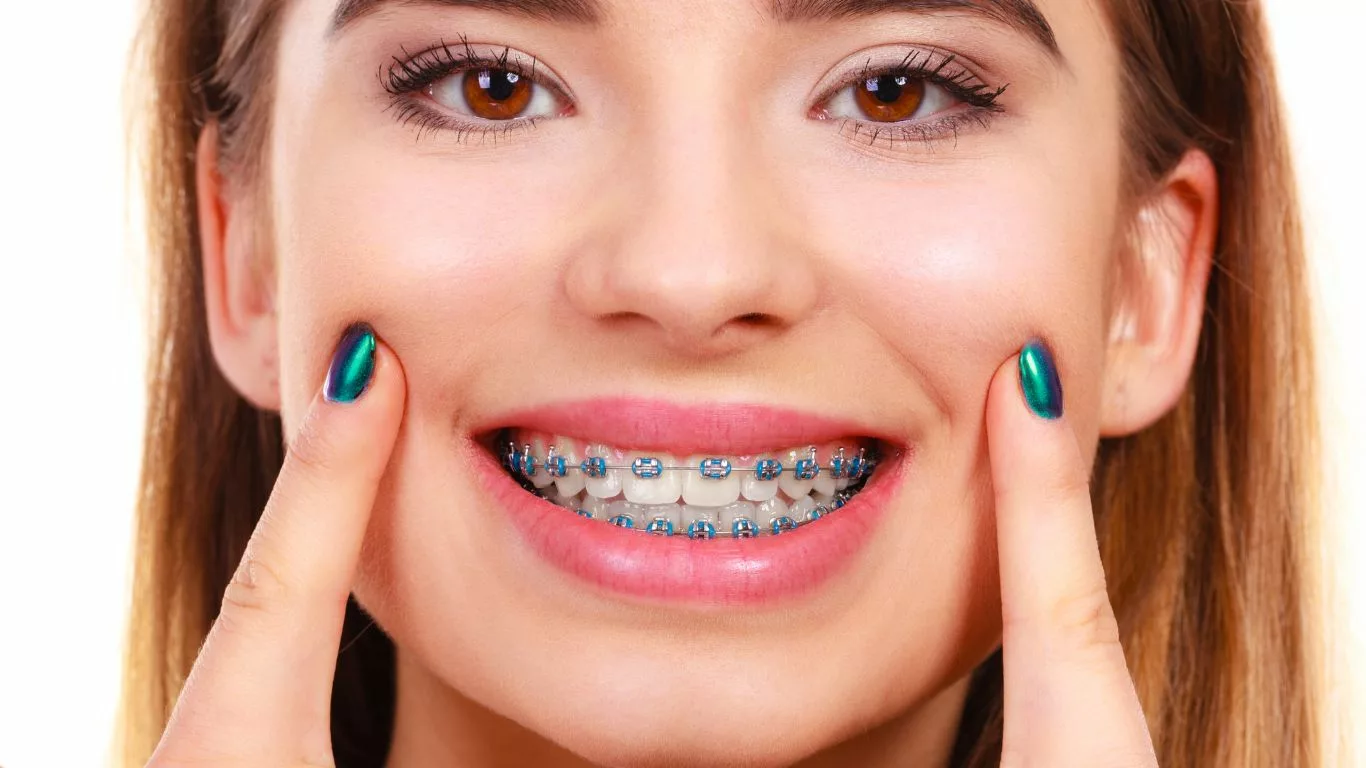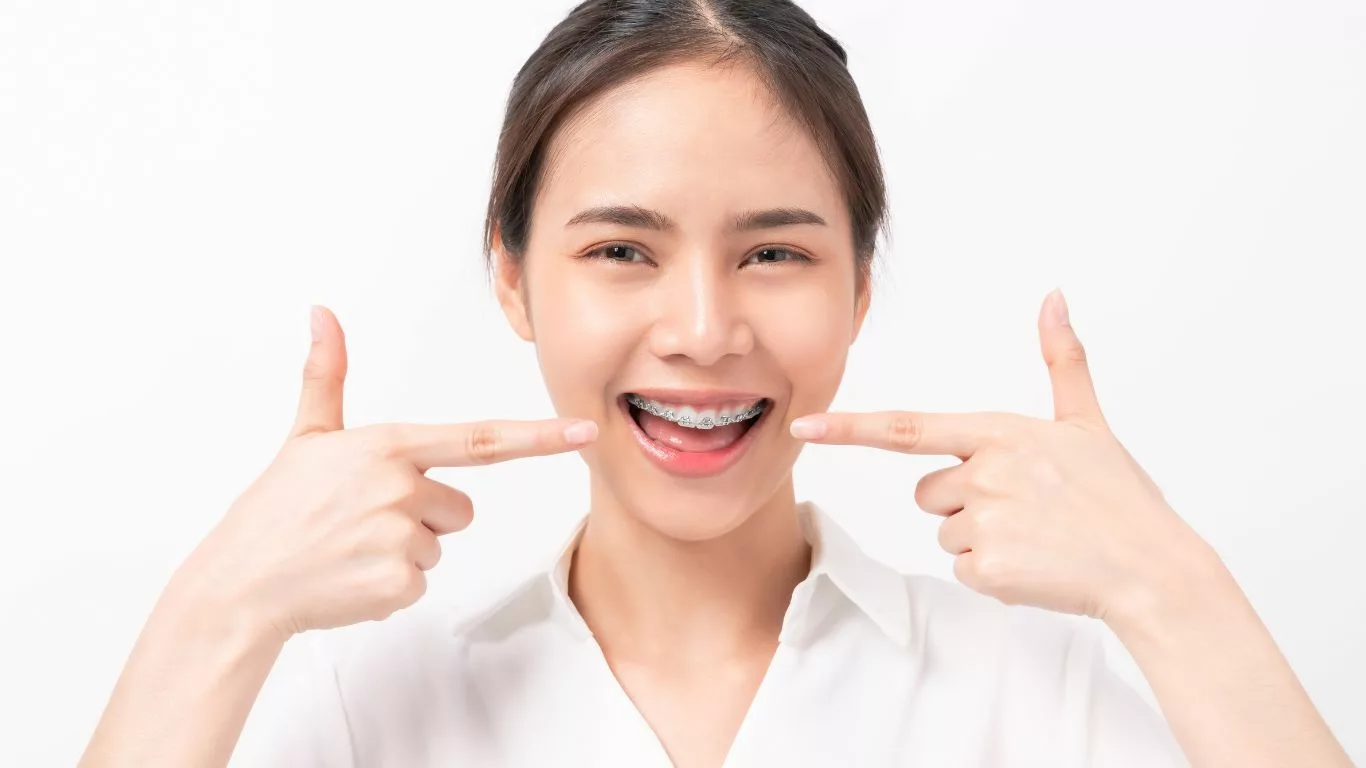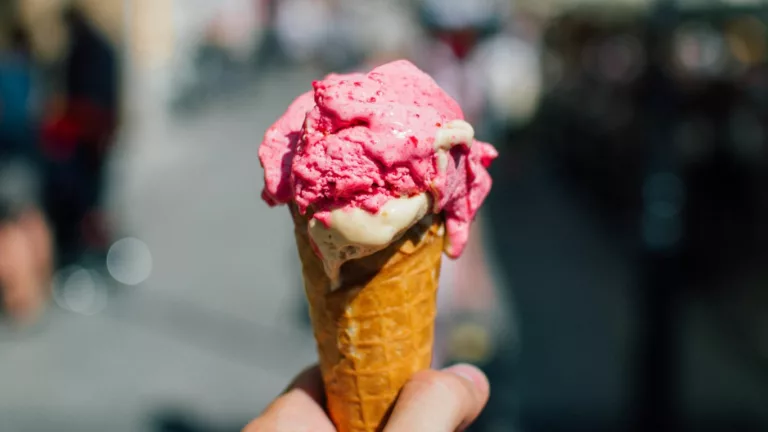Best Foods to Eat with Braces: Top Choices for Comfort and Health
Discover the best foods to eat with braces to ensure comfort and support your oral health. Learn which foods are gentle on braces and beneficial for your dental care in our comprehensive guide.
Getting braces is a significant step toward achieving a healthier, straighter smile. However, adapting to life with braces involves more than just adjusting your oral hygiene routine—it also requires making thoughtful choices about the foods you eat. Eating the right foods can make a big difference in your comfort and the effectiveness of your orthodontic treatment. This comprehensive guide explores the best foods to eat with braces and provides tips for maintaining optimal oral health.

Why Food Choice Matters with Braces
Braces work by applying constant pressure to your teeth, gradually moving them into the desired position. The foods you consume can impact both the comfort of your braces and the progress of your treatment. Hard, sticky, or chewy foods can cause discomfort, damage the braces, or hinder the effectiveness of the treatment. Choosing braces-friendly foods helps avoid these issues and supports your overall dental health.
Soft Foods: A Gentle Option
Soft foods are typically the easiest on braces and can help prevent discomfort. These foods require less chewing and are less likely to cause damage. Consider incorporating the following soft foods into your diet:
- Yogurt – Yogurt is smooth and easy to eat, making it an excellent choice for those with braces. It’s also a good source of calcium and protein, which are essential for strong teeth and bones.
- Mashed Potatoes – Creamy mashed potatoes are comforting and easy on your braces. They provide essential nutrients and can be flavored in various ways to keep meals interesting.
- Applesauce – Applesauce is a great alternative to whole apples. It’s smooth and easy to digest while still providing vitamin C, which supports immune health.
- Soup – Soups, especially those that are brothy or pureed, are soothing and nutritious. Opt for soups that are well-cooked and avoid those with large chunks of meat or vegetables.
Cooked Vegetables: Nutritious and Soft
Vegetables are an essential part of a balanced diet, but raw vegetables can be tough on braces. Cooking vegetables until they are soft makes them easier to chew and less likely to cause issues. Here are some cooked vegetable options:
- Carrots – Cooked carrots become tender and are a good source of vitamin A. They are gentle on braces and can be incorporated into various dishes.
- Spinach – Soft-cooked spinach is rich in iron and vitamins. It’s easy to add to soups, omelets, or as a side dish.
- Squash – Varieties like butternut or zucchini, when cooked, are soft and nutritious. They can be used in soups, casseroles, or as a side dish.
Soft Fruits: Easy and Nutritious
Fruits are packed with vitamins and minerals, but some fruits can be too hard or sticky for braces. Opt for softer fruits that are easy to chew and gentle on your braces:
- Bananas – Bananas are soft and easy to mash, making them an ideal choice for braces. They are also rich in potassium, which supports heart health.
- Peaches – Ripe peaches or canned peaches (without added sugar) are soft and easy to eat. They provide a good amount of vitamins and can be enjoyed on their own or added to dishes.
- Avocados – Avocados are creamy and rich in healthy fats. They are gentle on braces and provide essential nutrients like vitamins E and K.
Proteins: Tender and Gentle
Proteins are important for maintaining muscle health and overall nutrition. Opt for tender protein sources that are easy on braces:
- Soft-Cooked Chicken – Tender chicken breasts or thighs are easier to chew and less likely to damage braces. They are a good source of lean protein.
- Fish – Cooked fish, such as salmon or tilapia, is soft and rich in omega-3 fatty acids, which are beneficial for overall health.
- Eggs – Scrambled or poached eggs are easy to eat and provide high-quality protein. They can be a versatile addition to many meals.

Foods to Avoid with Braces
While some foods are braces-friendly, others can cause problems. It’s important to avoid:
- Hard Foods – Foods like nuts, ice, and hard candies can damage the brackets or wires of your braces. They can also cause discomfort and delay the progress of your treatment.
- Sticky Foods – Gum, caramel, and sticky candies can adhere to braces and be difficult to clean off. This can lead to plaque buildup and potential tooth decay.
- Chewy Foods – Foods like bagels or pizza crust can be tough on braces and may cause discomfort or damage. Opt for softer alternatives instead.
Tips for Eating with Braces
To make eating with braces more comfortable and maintain good oral hygiene, consider these tips:
- Cut Food into Smaller Pieces – Cutting food into smaller, manageable pieces makes chewing easier and reduces pressure on your braces.
- Use a Soft Toothbrush – Maintain good oral hygiene with a soft-bristled toothbrush to avoid damaging your braces and to ensure effective cleaning.
- Rinse with Water – Rinsing your mouth with water after meals can help dislodge food particles and prevent plaque buildup. It’s a simple way to keep your mouth clean.

Conclusion
Eating with braces requires some adjustments, but choosing the right foods can make the experience more comfortable and beneficial for your oral health. Opt for soft, well-cooked, and nutritious foods to support your treatment and avoid issues with your braces. By being mindful of your food choices and following good oral hygiene practices, you can make your braces experience smoother and more effective.
Appendices
References
For further information on managing braces and dietary considerations, explore these resources:
- American Dental Association (ADA). (2023). Braces and Your Diet: Tips for Healthy Eating. Read Article
- National Institute of Dental and Craniofacial Research (NIDCR). (2024). Braces and Oral Care: A Comprehensive Guide. Read Article
- Smith, J. (2022). Eating with Braces: A Nutritionist’s Perspective. Journal of Dental Nutrition, 12(4), 220-230. Read Article
FAQs
Here are some frequently asked questions about eating with braces:
- Can I eat pizza with braces? It depends on the pizza. Opt for soft crusts and well-cooked toppings. Avoid hard or chewy crusts that can damage braces.
- How can I ensure I’m eating a balanced diet with braces? Focus on soft, nutrient-rich foods like cooked vegetables, fruits, and tender proteins. This helps maintain a balanced diet while accommodating your braces.
- What should I do if food gets stuck in my braces? Use a soft toothbrush and dental floss to clean around your braces. Rinsing with water after meals can also help dislodge food particles.
Related Table
Here’s a summary table of braces-friendly and problematic foods:
| Food Type | Braces-Friendly | Avoid |
|---|---|---|
| Fruits | Soft fruits like bananas, peaches | Hard fruits like apples (unless cooked or sliced) |
| Vegetables | Cooked carrots, spinach | Raw vegetables like celery, raw carrots |
| Proteins | Soft-cooked chicken, fish, eggs | Hard meats, beef jerky |
| Snacks | Yogurt, soft cheese | Sticky candies, chips |
Disclaimer: The information provided in this article is for educational and informational purposes only. It is not intended to be a substitute for professional dental advice, diagnosis, or treatment. Always seek the advice of your orthodontist or other qualified dental provider with any questions you may have regarding braces and oral care. Never disregard professional dental advice or delay in seeking it because of something you have read in this article. Reliance on any information provided in this article is solely at your own risk.

Camellia Wulansari is a dedicated Medical Assistant at a local clinic and a passionate health writer at Healthusias.com. With years of hands-on experience in patient care and a deep interest in preventive medicine, she bridges the gap between clinical knowledge and accessible health information. Camellia specializes in writing about digestive health, chronic conditions like GERD and hypertension, respiratory issues, and autoimmune diseases, aiming to empower readers with practical, easy-to-understand insights. When she’s not assisting patients or writing, you’ll find her enjoying quiet mornings with coffee and a medical journal in hand—or jamming to her favorite metal band, Lamb of God.






